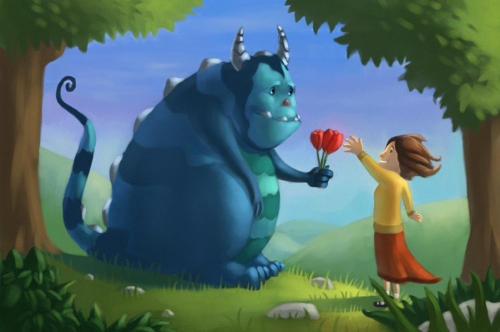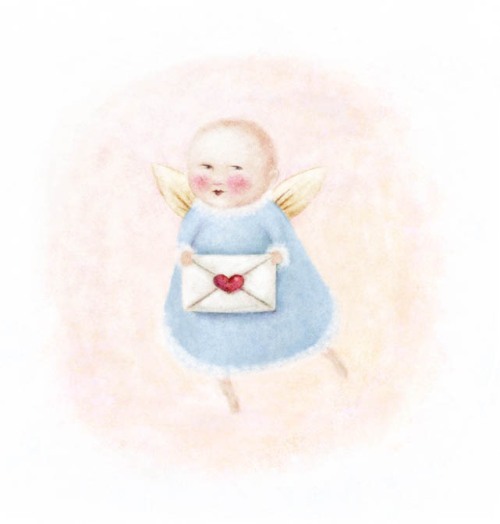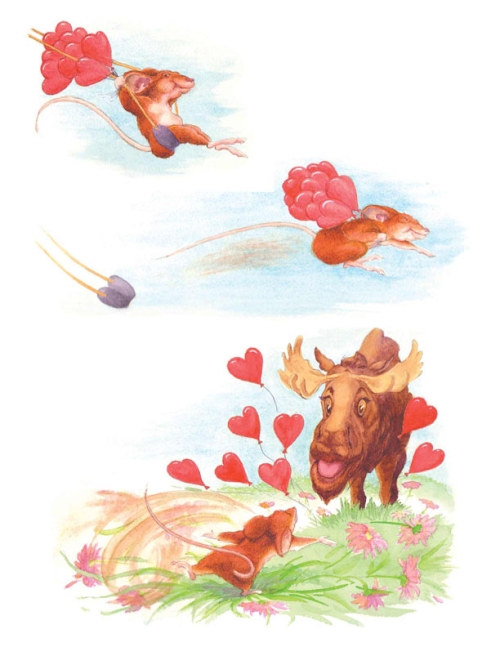 Journalist and TV personality Bill O’Reilly has plans for a companion book to his “docu-style” series, Legends & Lies: Into The West. Henry Holt, an imprint at Macmillan, Inc., will publish it on April 7th.
Journalist and TV personality Bill O’Reilly has plans for a companion book to his “docu-style” series, Legends & Lies: Into The West. Henry Holt, an imprint at Macmillan, Inc., will publish it on April 7th.
Author David Fisher has signed on to write the book. O’Reilly himself (pictured, via) will pen an introduction. It will contain illustrations and profiles on notable figures from the Wild West including Jesse James, Davy Crockett, and the real Lone Ranger.
Here’s more from the press release: “Generations of Americans have grown up on TV shows, movies and books about these legends. But what really happened in the Wild West? The Bill O’Reilly produced Fox series and the accompanying book will uncover the truth, which is sometimes heroic, sometimes brutal and bloody, but always riveting.”
On February 3rd, I asked illustrators to submit an illustration inspired by the month itself. Most of you chose Valentines Day, but we had one Groundhog’s Day illustration and one President’s Day inpired illustration. Here are the illustrations submitted in no particular order:

MONSTER’S LOVE by Aaron Anderson’s : Aaron’s love of drawing covered his walls as a young boy and lead to a major in illustration at Utah Valley University. During his college years he worked for editorial and educational companies doing illustrations for their publications. After earning his BFA, he worked as a concept artist for a children’s video game publisher. His style lends itself to adventurous, humorous and lively fun themes. Aaron currently resides in Austin, Texas with his beautiful and loving wife. He is most grateful and pleased to be able to live his passion bringing life to his visions with his illustrating. http://aaronillustration.blogspot.com/

LOVE FAIRY (my title) by Virginia Allyn: Virginia has illustrated multiple trade and educational books internationally with a specialty in classic nursery tales. Her recent projects include Little Red Hen (Ladybird), The Three Little Pigs (Ladybird), The Gingerbread Man (Ladybird), and The Elves and the Shoemaker (Ladybird). She lives in sunny Florida with a red-headed snippet, the meanest cow kitty in the West, and lots of manila paper. http://www.mbartists.com/cgi-bin/iowa/artists.html?artist=84

NATURE LOVE (my title) a watercolor by Gwen Connolley: Gwen has a degree in Illustration from Syracuse University and early experience as an advertising art director and illustrator. A class taught by Lena Shiffman at the Center for Contemporary Art kindled her interest in children’s book illustrationand lead her to study at the School of Visual Arts under Monica Wellington and Elizabeth Sayles. She hopes to illustrate picture books, early readers or middle grade books. www.gwenconnolley.com

VALENTINE’s RED HEART by Susan Drawbaugh: Susan has been a commercial freelance illustrator for many years, and enjoys putting subtle humor into her work. Her creative ventures are put to work in her home studio off the coast of San Pedro, California where she resides with her husband. Much of her inspiration comes from their two grown daughters and very funny grandkids. www.susandrawbaugh.com.

STRAWBERRY KISSES by Donald Ford: This illustration was commissioned for the grand opening of a new Gertrude Hawk Candy Sto
By David Fisher
There has been much recent debate about whether the 2003 Iraq War was legal, with both Tony Blair and his Attorney General summoned before the Chilcot enquiry to give evidence on this. But a more fundamental question is whether the war was moral.
On this question the Chilcot enquiry has been silent, perhaps reflecting a more general scepticism in society about whether moral questions can have objective answers. But there is a way of thinking going back to Aquinas, Aristotle and beyond that insists that there are rationally based ways to answer moral questions.
A key contribution to this is furnished by the just war tradition. This sets a number of tests which have to be met if a war is to be just. It has to be undertaken: for a just cause, with right intention, with competent authority, as a last resort, and the harm judged likely to result should not outweigh the good achieved, taking into account the probability of success; while in its conduct the principles of proportion and non-combatant immunity have to met; and the war end in a just peace.
This may appear over-prescriptive: erecting so many hurdles that war would become impossible. But the just war tradition recognises that wars can be just and may sometimes be necessary. What the tradition insists on are two fundamental requirements, as simple as they are rationally compelling: is there a just cause and will the harm likely to be caused by military action outweigh the good to be achieved by that cause? In other words, is war likely to bring about more good than harm?
So how does the Iraq War fare against these criteria?
Different reasons were adduced at different times for the war. But the declared grounds common to both the US and UK Governments was to rid Iraq of its weapons of mass destruction, so enforcing UN Security Council Resolutions.
We now know that Iraq did not have weapons of mass destruction. But even that startling disclosure by the Iraq Survey Group would not necessarily invalidate the coalition’s disarmament objective as just cause if there had been strong grounds for believing that Saddam had such weapons.
The problem is that the evidence for such weapons was ‘sporadic and patchy’ in the words of the official Butler report. The Governments’ claim that they were acting on behalf of the UN was also weakened by the lack of substantial international support for military operations, evidenced by the reluctance of the Security Council explicitly to endorse such action through a second resolution. This, in turn, reflected concern that military action was not being undertaken as a last resort: that Saddam should have been given more time to convince the inspectors he had abandoned WMD. Doubt over whether each of these just war conditions was met did not amount to a knock-down argument against war. But the doubts taken together mutually reinforced each other and so strengthened concern that there was not a sufficient just cause.
It is, moreover, the single most serious charge against those who planned the Iraq War that they massively under-estimated the harm that would be likely to be caused by military action. Coalition leaders could not reasonably be expected to have forecast the precise casualty levels that would follow military action. But the coalition leaders can be criticised for failing to give sufficient consideration to what would be the effects of regime change and for not formulating robust plans promptly to re-establish civil governance in its wake and ensure a peaceful transition to democracy. They thus acted with a degree of recklessness. Just as they had undertaken worst case assessments of Saddam’s WMD capability, so they had undertaken best case assessments of what would happen after the regime had been changed.
The Iraq War was, like most wars, fought from a mixture of
 Journalist and TV personality Bill O’Reilly has plans for a companion book to his “docu-style” series, Legends & Lies: Into The West. Henry Holt, an imprint at Macmillan, Inc., will publish it on April 7th.
Journalist and TV personality Bill O’Reilly has plans for a companion book to his “docu-style” series, Legends & Lies: Into The West. Henry Holt, an imprint at Macmillan, Inc., will publish it on April 7th.







Wow, all of these illustrations are either precious, funny or sweet in their own way. Thank you for sharing your beautiful artwork with us, all you talented artists
These are all fabulous, but I’m kind of in love with that groundhog. And Abe ain’t bad either. Can I get an amen?
I’m very fond of several of your cute artists! and what a month for the images! including today…. check out our blog for one for today!
check out our blog for one for today!
Christina, can you give a link to your blog? (Unless it’s here on Kathy’s…)
Donna,
I knew people would ask for the link and have already looked it up. Here it is: http://catugeau.wordpress.com/
Kathy
Thanks, Kathy…I found it on your blog roll I figured it’d be there!
I figured it’d be there!
I really should have entered this contest. I’m so humbled by everyone elses fine work, I was hesitant to show my own. So, while not a part of the contest, Olivia and Oscar(my little orple characters) did send everyone a Valentine. If anyone wants to check it out, by all means, please do.
http://orples.wordpress.com/2012/02/14/a-valentine-for-you/
Other illustrations are in my general Orples Overview Category.
http://orples.wordpress.com/category/orples-overview/
I am really impressed with those drawings that were submitted in this contest. Next time around, I hope to be a little more organized. Kudos to all that entered, your drawings are lovely.
Orples, this wasn’t a contest, as far as I know. Kathy just likes to show the beautiful artwork here
I am new at all of this. Hopefully, next time around, I won’t miss the boat. Thank you for responding though. The art Kathy posted is charming.